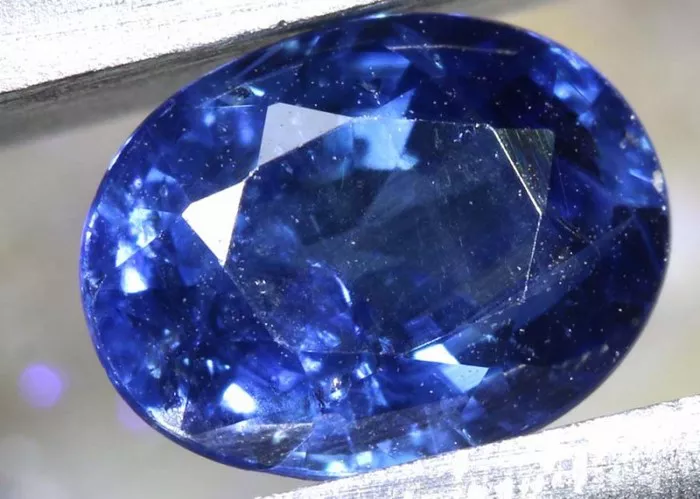Tanzanite is a breathtakingly beautiful gemstone prized for its vibrant blue-violet color and remarkable rarity. Discovered relatively recently in 1967, tanzanite has quickly become one of the most sought-after gemstones in the world. However, many people are unaware of just how rare tanzanite stones truly are. In this article, we will explore the rarity of tanzanite, including its geological origins, mining history, and factors that contribute to its scarcity.
Understanding Tanzanite
Tanzanite is a variety of the mineral zoisite, which is typically brownish-green in its natural state. The unique blue-violet color of tanzanite is the result of the presence of vanadium, chromium, and other trace elements within the crystal structure. Tanzanite is renowned for its pleochroism, which means it exhibits different colors when viewed from different angles, ranging from blue to violet to burgundy.
Tanzanite is found in only one location in the world: the Merelani Hills of northern Tanzania, near the base of Mount Kilimanjaro. The discovery of tanzanite is credited to a Masai tribesman named Ali Juuyawatu, who stumbled upon the gemstone while herding cattle in the area. Tanzanite was introduced to the market by Tiffany & Co., who named it after its country of origin and helped popularize it as a gemstone.
How Rare Are Tanzanite Stones
Several factors contribute to the rarity of tanzanite:
Geological Origins: Tanzanite is found in a geologically unique area known as the Mozambique Orogenic Belt, which stretches from Kenya to Mozambique. The specific conditions required for the formation of tanzanite, including the presence of vanadium-rich fluids and the right combination of pressure and temperature, are extremely rare and limited to this region.
Mining Challenges: Mining tanzanite is a challenging and labor-intensive process due to the remote location of the mines, the rugged terrain, and the need to mine underground to avoid damaging the gemstones. Additionally, the Tanzanian government has imposed strict regulations on tanzanite mining to protect the environment and ensure fair labor practices, further limiting the supply of tanzanite.
Limited Supply: Despite efforts to expand tanzanite mining operations, the supply of tanzanite remains limited. The mines in the Merelani Hills are the only known source of tanzanite in the world, and the gemstone is not found in any other location. As a result, tanzanite is considered one of the rarest gemstones on Earth.
Market Demand: The rarity and unique color of tanzanite have made it highly sought after by collectors, investors, and jewelry enthusiasts. The increasing demand for tanzanite, particularly in emerging markets such as China and India, has put additional pressure on the already limited supply of the gemstone.
Appreciating the Rarity of Tanzanite
As one of the rarest gemstones in the world, tanzanite is a true marvel of nature. Its stunning blue-violet color, coupled with its remarkable scarcity, makes it a highly prized and valuable gemstone. Whether you’re a collector, investor, or jewelry lover, owning a piece of tanzanite is a unique and special experience that allows you to appreciate the beauty and rarity of this exceptional gemstone.
Conclusion
Tanzanite is a gemstone of unparalleled beauty and rarity, prized for its stunning blue-violet color and unique geological origins. With its limited supply, remote mining location, and increasing market demand, tanzanite is considered one of the rarest gemstones on Earth. Whether you’re drawn to tanzanite for its beauty, rarity, or investment potential, owning a piece of this remarkable gemstone is a truly special experience that allows you to appreciate the wonders of the natural world.


